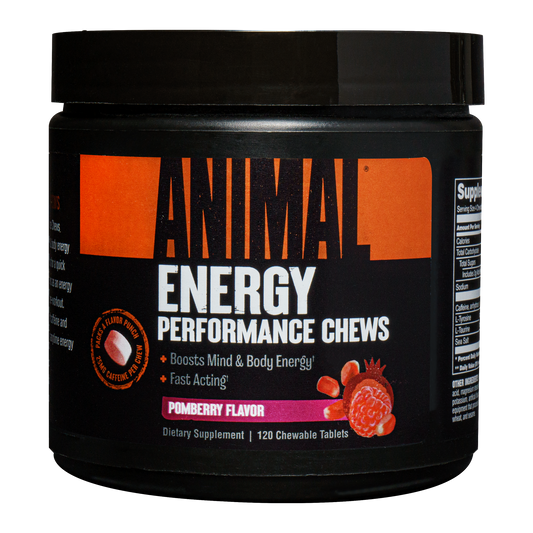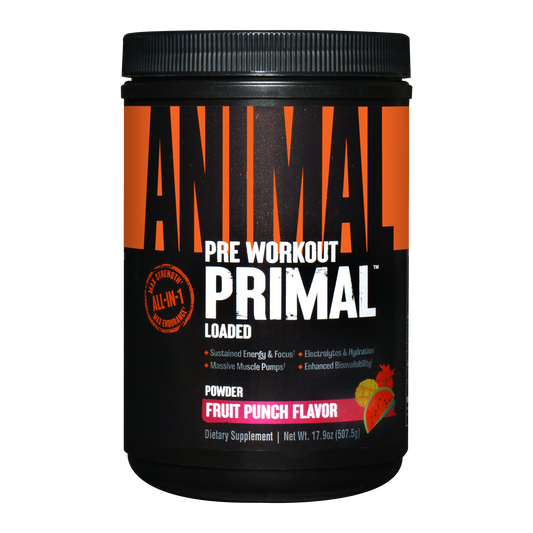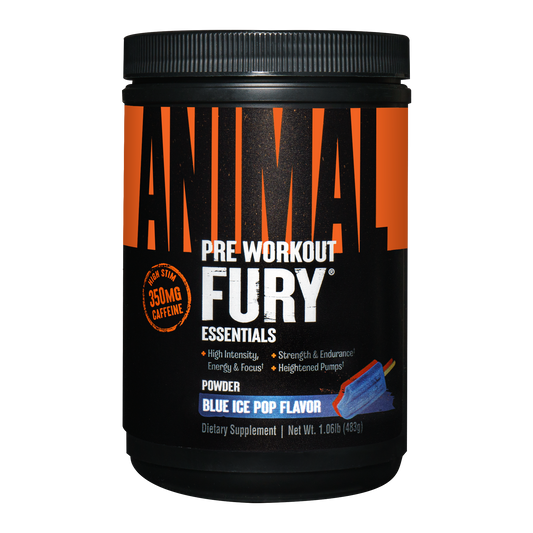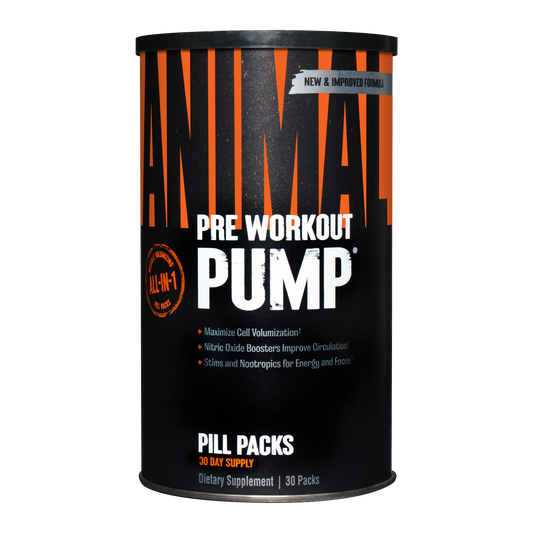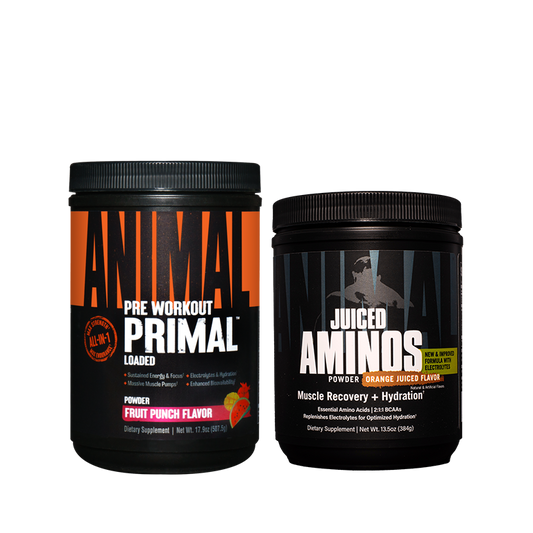If you have ever searched on the internet for information on dairy and health, you will be flooded with a mix of opinions and claims. These range from dairy having positive effects on osteoporosis, diabetes, and cardiovascular disease to dairy being associated with cancer, chronic inflammation, and a number of digestive issues. These claims contradict each other and it leaves many of us no less confused. Paleo and vegan supporters speak about the dangers of dairy, but government agencies and other health professionals promote dairy. Should we consume dairy or not?
As a bodybuilder, I am always looking to optimize my performance and physique. Health and longevity is also a priority because I want to keep doing the things I love for a long time. I always drank milk growing up—typically 2 cups per day. I would have milk on my cereal in the morning and then a glass before bed. I find myself rarely drinking it now, not because I believe it to be bad or good, but I prefer calories from solid food. This is just my preference. Still, I have milk from time to time and I enjoy it when I do, so I have no stake in this argument. I’d like to look at what the evidence says by focusing on some of the major questions first to test some of these claims against dairy consumption.
As a bodybuilder, I am always looking to optimize my performance and physique. Health and longevity is also a priority because I want to keep doing the things I love for a long time. I always drank milk growing up—typically 2 cups per day. I would have milk on my cereal in the morning and then a glass before bed. I find myself rarely drinking it now, not because I believe it to be bad or good, but I prefer calories from solid food. This is just my preference. Still, I have milk from time to time and I enjoy it when I do, so I have no stake in this argument. I’d like to look at what the evidence says by focusing on some of the major questions first to test some of these claims against dairy consumption.
Lactose Intolerance Versus Dairy Allergy
It’s been argued that cow milk isn’t natural for humans to drink. Why would we even consume another animal’s milk? Although I can’t validate moral or ethical opinions with research, I can say that we did not always drink another animal's milk as humans. When we are born, we produce the lactase enzyme which is the enzyme that give us the ability to break down human breast milk. As we get older and no longer require breast milk, we stop producing that enzyme.Around 5,000 to 10,000 years ago, there was an epigenetic change that allowed many humans to keep producing the lactase enzyme.1 This could have meant survival when food sources were scarce and humans had to rely on animal milk. As 10,000 years is a very short period of time to adapt genetically, many people still have issues with digesting milk.

Seventy percent of the world population has some intolerance to milk and 50% of those may not show signs of lactose intolerance.2 Signs of intolerance include abdominal pain, distension, gas, and diarrhea. You can see why this could cause a digestive nightmare for a bodybuilder. There is also a spectrum for this intolerance. Some cannot consume milk at all while many others can consume milk if it contains less than 12g of lactose (about 1 cup of milk). Taking Lactaid or lactase enzyme is an easy remedy that can help digest the lactose in milk.
Lactose intolerance is different from dairy allergy. A person with a milk allergy is allergic to the protein in milk which can cause anaphylaxis, gastrointestinal symptoms, and atopic dermatitis. These individuals must avoid dairy completely. Milk allergy in adults is actually rare.3 If you feel you are having adverse reactions to dairy, consult with your doctor for testing to see if you are intolerant or have an allergy.
For those with no dairy allergy and lactose intolerance, I say enjoy your milk if that is your preference. Even if you are slightly intolerant, a small amount of dairy won’t hinder your bodybuilding efforts. As you get closer to a competition though, some food intolerances may become more noticeable and cutting them out would be a good idea to prevent bloating on stage.
Inflammation
Inflammation is an important part of regulation in the human body. When we lift weights and damage muscle, it is an inflammatory response that initiates the process of muscle hypertrophy. However, chronic inflammation can lead to inflammatory diseases such as diabetes, cardiovascular disease, and obesity.In 2015, Bordoni et al, conducted a systematic review of 52 clinical trials looking at inflammatory markers in relation to dairy consumption. The researchers developed an inflammatory score (IS) to evaluate a pro or anti-inflammatory effect in subjects. Dairy consumption in the entire data set showed an overall anti-inflammatory effect for all subjects. When broken down into those with a milk allergy and those without, dairy consumption showed a pro inflammatory effect in subjects with a milk allergy and anti-inflammatory effect in those without the allergy.4 It appears milk shows some anti-inflammatory effects in healthy individuals, therefore including it in the diet could be beneficial. However, if you do have an allergy to milk, it would be best to avoid it completely.
Saturated Fat and Cardiovascular Disease
This topic could open up a can of worms, but pin pointing one nutrient as the culprit for a disease state is very difficult considering the many variables that affect health. We have to account for other nutrients consumed, exercise, environmental factors, and genetics. Animal products are generally higher in saturated fat than other food sources. Whole milk contains 65% saturated fat, 30% monounsaturated fat, 4% polyunsaturated fat, and 4% trans-fatty acid (naturally occurring CLA). The 2015 Dietary Guidelines for Americans generally recommended limiting saturated fat to less than 10% of calories per day. The Guidelines also stated that a healthy eating pattern should include fat free and low fat dairy.The answer to whether or not we should limit the saturated fat in milk is complex. Recent research concluded that saturated fat is not associated with an increased risk of congestive heart disease or cardiovascular disease.5 Another study even showed that higher intakes of saturated fat from dairy was associated with lowered cardiovascular risk.6 While this does not mean you should drink a gallon of milk per day, we are just learning that saturated fat is not the bad guy it was made out to be. Still, it should not be overconsumed, especially if you are adding in other unhealthy lifestyle patterns.
Antibiotics and Hormones in Dairy
People are often concerned that antibiotics and hormones contained in dairy contribute to the obesity epidemic and cause antibiotic resistance and early puberty. Antibiotics are used in cows just like they would be in humans. If your cow gets sick, you treat it with antibiotics. As this is costly to farmers, there is no benefit to having all the cattle on antibiotics. A cow that receives antibiotics is separated from the herd and their milk is not used until the milk tests completely clear of antibiotics. Milk is not allowed to be sold with any drug traces in it. In 2013 to 2014 the National Milk Drug Residue Database showed 0% of milk testing positive for drug residues.7 Antibiotics are simply not in your organic or conventional milk.Growth hormone, however, is approved for use in dairy cows. Cows are treated with bovine recombinant somatotropin (rBST) to enhance milk production. Bovine somatotropin is also essential for normal growth of the cow. The human digestive tract has no receptors to absorb rBST and it passes through the body.8 The hormone is also easily denatured in stomach acid rendering it useless. rBST has now been used for over 20 years in the United States and there has been no health issues related to the use of rBST by the dairy industry up to this point.9
In general, nutrition recommendations are rarely black and white. The main take away is unless you have a dairy allergy or are lactose intolerant, dairy is an acceptable food source in a diet. Keep in mind that dairy, one of the main source of nutrition for many Americans, is often recommended for the nutrients it provides. One 8oz cup of milk provides 30% of the RDA for Vitamin D and calcium, and 10% of the RDA for Potassium. Although dairy is perfectly acceptable, you can do without it as long as your diet provides you with all the macro and micro nutrients you need.
References
1. Bordoni A, Danesi F, Dardevet D, Dupont D, Fernandez AS, Gille D, Nunes Dos Santos C, Pinto P, Re R, Rémond D, Shahar DR, Vergères. Dairy products and inflammation: A review of the clinical evidence. Crit Rev Food Sci Nutr. 2017 Aug 13;57(12):2497-2525.2. Yanyong D, Benjamin M, Ning D, Mark F.Lactose Intolerance in Adults: Biological Mechanism and Dietary Management. Nutrients. 2015 Sep; 7(9): 8020–8035.
3. Odedra KM. Milk allergy in adults and children. Nurs Stand. 2015 Jul 1;29(44):43-8.
4. Bordoni A, Danesi F, Dardevet D, Dupont D, Fernandez AS, Gille D, Nunes Dos Santos C, Pinto P, Re R, Rémond D, Shahar DR, Vergères G. Dairy products and inflammation: A review of the clinical evidence. Crit Rev Food Sci Nutr. 2017 Aug 13;57(12):2497-2525.
5. Siri-Tarino PW, Sun Q, Hu FB, Krauss RM. Meta-analysis of prospective cohort studies evaluating the association of saturated fat with cardiovascular disease. Am J Clin Nutr. 2010;91(3):535-546.
6. De Oliveira Otto MC, Mozaffarian D, Kromhout D, et al. Dietary intake of saturated fat by food source and incident cardiovascular disease: The Multi-Ethnic Study of Atherosclerosis. Am J Clin Nutr. 2012;96(2):397-404.
7. NATIONAL MILK DRUG RESIDUE DATA BASE FISCAL YEAR 2014 ANNUAL REPORT October 1, 2013 – September 30, 2014.
8. Collier RJ, Bauman DE. Update on human health concerns of recombinant bovine somatotropin use in dairy cows. J Animal Sci 2013; 92(4): 1800 – 1807.
9. Collier RJ, Bauman DE.J Anim Sci. Update on human health concerns of recombinant bovine somatotropin use in dairy cows. 2014 Apr;92(4):1800-7.




























